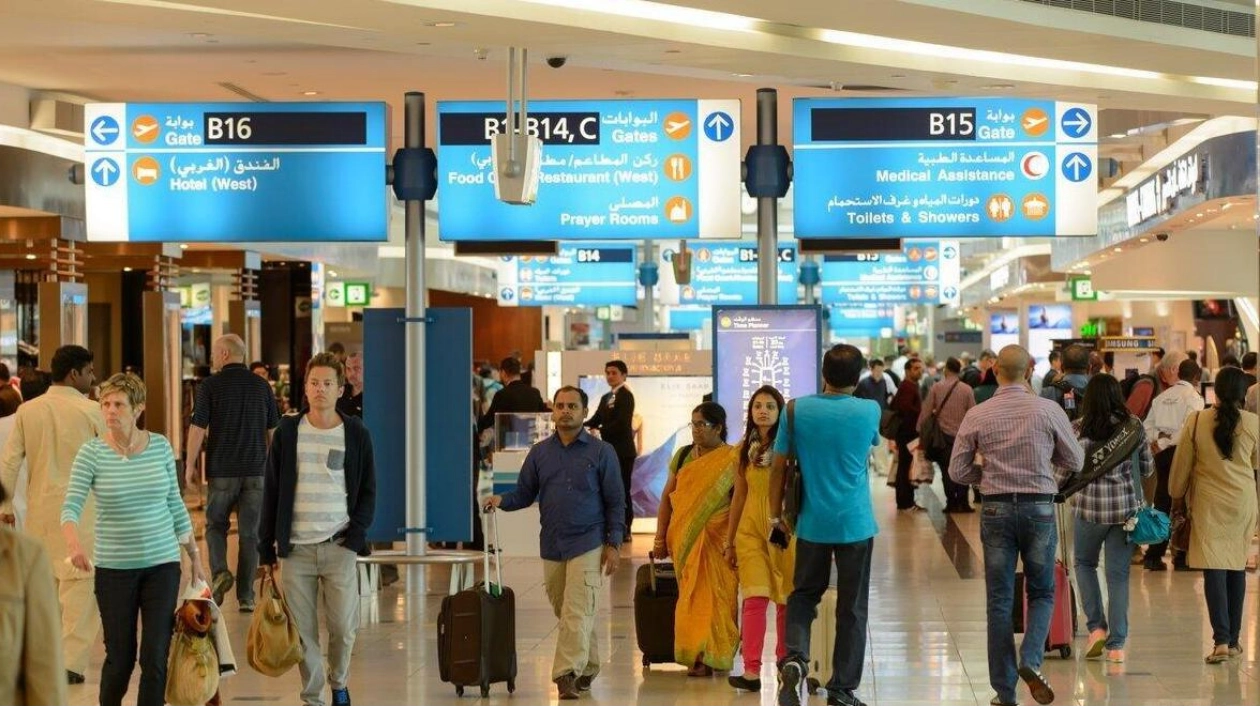Middle Eastern airlines experienced a 9.6 percent year-on-year rise in passenger demand during June, outpacing the global growth rate of 9.1 percent, indicating a significant increase in air traffic at GCC airports. The capacity of regional carriers grew by 9.4 percent year-on-year in June, with a load factor of 79.7 percent, a slight increase of 0.1 percentage point from June 2023, as per data from the International Air Transport Association (IATA). This growth in the Middle East contrasts with the 8.5 percent global capacity increase in available seat kilometers (ASK).
Globally, international passenger demand surged by 12.3 percent compared to June 2023, with capacity rising by 12.7 percent and the load factor reaching 85.0 percent, a decrease of 0.3 percentage points from the same month in 2023. Domestic passenger demand globally increased by 4.3 percent, with capacity up by 2.1 percent and a load factor of 85 percent, an increase of 1.7 percentage points from June 2023.
Dubai International Airport (DXB), one of the world's busiest, anticipates handling a record 91 million passengers in 2024 due to the continued surge in travel demand, fueled by network expansions by Emirates and flydubai. The airport recorded over 23 million passengers in the first quarter of this year, marking an 8.4 percent annual increase and its busiest quarter ever. Abu Dhabi Airports reported a 33.5 percent increase in passenger numbers to nearly 14 million for the first half of 2024, highlighting significant growth in passenger traffic, flight movements, and cargo volumes.
Willie Walsh, IATA's Director General, noted robust growth in international passenger markets across all regions in June 2024 compared to the previous year. He emphasized the importance of operating efficiently to minimize delays and ensure timely arrivals for travelers, given the high load factors.
In cargo, Middle Eastern carriers saw a 13.8 percent year-on-year growth in June, with the Middle East-Europe market leading with a 30.2 percent annual growth. Globally, cargo demand, measured in cargo tonne-kilometres (CTKs), increased by 14.1 percent, marking the seventh consecutive month of double-digit growth. Capacity, measured in available cargo tonne-kilometres (ACTKs), rose by 8.8 percent.






